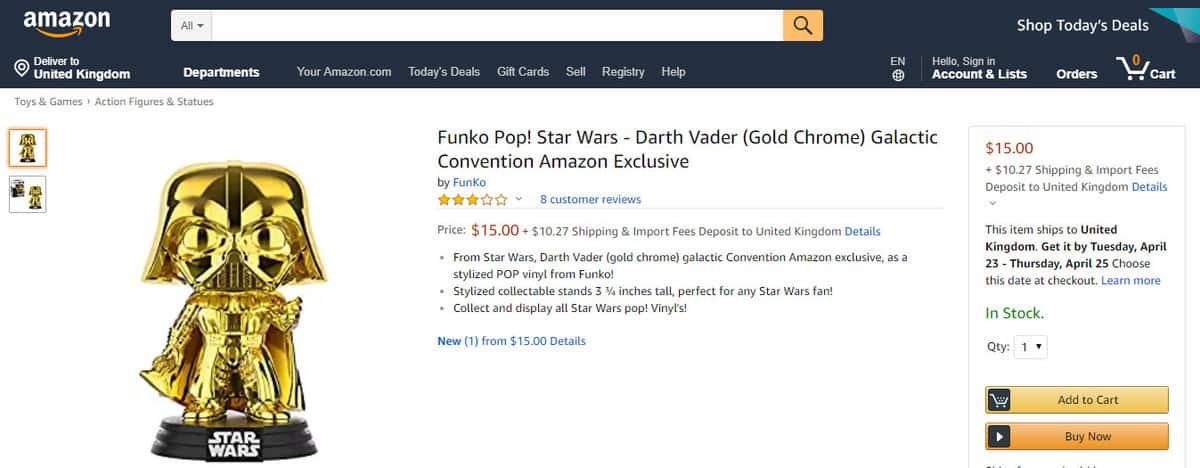A sales website is a platform where businesses showcase and sell their products or services to customers. It typically involves a simple layout with product descriptions and a checkout process. On the other hand, an e-commerce platform is a more complex system that includes features such as inventory management, payment processing, and order tracking. It is designed to facilitate online transactions between buyers and sellers. While a sales website focuses on showcasing products and making sales, an e-commerce platform provides a more comprehensive solution for managing all aspects of online retailing.
When it comes to buying cars online, understanding the difference between a sales website and an e-commerce platform is crucial. A sales website primarily showcases the cars available for purchase, providing detailed information about each model, pricing, and specifications. On the other hand, an e-commerce platform takes the process a step further by allowing customers to make their purchase directly on the website.
In the realm of automobile sales, a sales website acts as a digital showroom where potential buyers explore different car models and their features. These websites typically provide contact information for inquiries and appointments to visit the dealership for a test drive. This setup is more informational, guiding users towards making a decision rather than executing the purchase online.
Conversely, an e-commerce platform in the automotive industry enables customers to browse through cars, select their preferred model, configure options, and complete the purchase online. This platform may offer additional services such as financing, insurance, and delivery options to streamline the buying process.
For Entity – Attribute – Value (EVA) understanding, consider a sales website may list attributes such as car make, model, year, price, and features. Meanwhile, an e-commerce platform will include additional attributes like financing options, warranty details, and delivery preferences.
In terms of Entity, Relation, Entity (ERE) analysis, the relation between the customer and the car dealership remains constant. However, the nature of the entity changes from informational browsing on a sales website to the transactional process on the e-commerce platform.
A semantic triple illustrates how a customer (Subject) purchases (Predicate) a car (Object) on an e-commerce platform. This simple structure encapsulates the essence of the buying process in a clear and concise manner.
Understanding the distinction between a sales website and an e-commerce platform is essential for both customers and businesses in the automotive sector. Depending on the user’s preferences and buying behavior, knowing which platform suits their needs can enhance the overall car-buying experience.
By catering to the user’s search intent and providing relevant information on sales websites and e-commerce platforms, the automobile industry can better serve customers seeking to purchase their dream car online.



